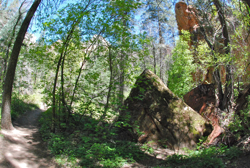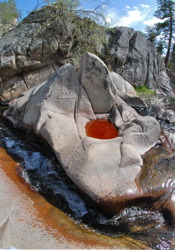Life Purpose, Part 8: Balanced Contribution

“We make a living by what we get, but we make a life by what we give.” Winston Churchill
With respect to Life Purpose, it is natural to consider not only what we want to GET from life, but what we can bring to it. Giving allows us to receive in special ways that put us more deeply in touch with our values, qualities, and other people.
How and why we give is a window to motivation—and to Purpose. What do you enjoy contributing? What does it do for you to contribute?
Like so many essential life skills, learning what and when to give depends on sensing inside ourselves.
Once we are able to tune in to our inner voices and body sensations, we can sense inside whether or  not we are called to contribute in any given moment. Learning to notice this call is crucial to spiritual and emotional health. The same skill tells us where we need our boundaries to be in any moment or situation.
not we are called to contribute in any given moment. Learning to notice this call is crucial to spiritual and emotional health. The same skill tells us where we need our boundaries to be in any moment or situation.
Knowing how much to give and being comfortable with our decisions makes for ease and clarity in personal relationships. It allows us to feel good about our contributions instead of feeling like we can never give enough to be acceptable, or that we might be selfish and insular.
Most of us over-give, under-give, or both in different situations. Balanced giving builds self-esteem, boundaries, spiritual values, and the wonderful feeling of Purpose and meaning that accompany heartfelt contribution.
Giving for the wrong reasons interferes with the ability to be on track with Life Purpose.
Giving to appease, please, or protect ourselves from criticism is toxic to Purpose. Over-giving tends to oblige and bind others. It is usually about control, and is therefore detrimental to intimacy. Over-giving is draining. Bleeding out energy to “contribute” to people who are not receptive is invasive.
Giving too little can lead to feeling small, stingy, disconnected, meaningless, emotionally impoverished, hard, and/or defensive.
If you over-give:
- Try altering the way that you give, even just a bit.
- Try giving different things or in different ways than you usually do.
- Change WHEN you give, even by a few minutes or seconds.
- Give to different recipients, even once.
- The feelings and insights that accompany these changes will enable you to explore your patterns gently.
If you under-give:
- Catch yourself at moments during when you are withholding or resist giving.
- Pay close attention to what you feel at these moments.
- Listen closely to your internal dialog. What is the nature of your conflict? What motivates each side of the conflict? How do your feelings change with each side? Which side do you like better?
- Try giving just a little bit more is comfortable, like stretching tight muscles. This can feel freeing and oddly relieving, and it gets more interesting as you practice.
Over- and under-givers:
- Study your discomfort, consider what you get when you give.
- What are you trying to preserve and why?
- Has your life changed since you began these patterns?
- How would giving differently impact your life?
Once you are in touch with and have done some regular work with your patterns you will be able to bypass all this by simply turning to your heart and going by what FEELS right in the moment.
What if who you need to be to live your Life Purpose requires being able to sense exactly who you really are, what motivates you, and what you can and cannot give?
What if success is measured not by external goals but by giving exactly the right amount in any situation, from nothing at all to your entire life?
How would this model of success change what you do or how you live?
How do you sense what is called for from you?
What happens when you shift your aim from trying to succeed to making a contribution?

























